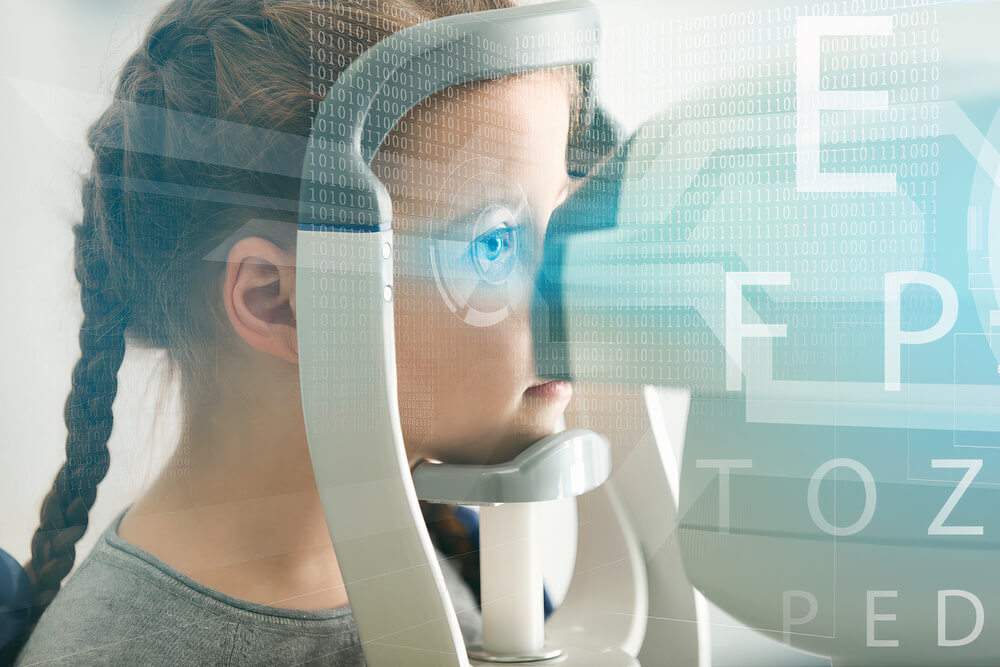Risk factor of myopia in children

The drastic consequences of child myopia, and the health and socioeconomic burden of the myopia are important reasons to study myopia, its risk factors, and complications in children carefully to seek treatment, and even prevention of this disease in children. Studies showed that there are risk factors for myopia in this age group such as:
Family history of myopia
If one parent is diagnosed with myopia, the risk of myopia in his offspring increases in comparison to children with no parental myopia. A study by Handson et al. about offspring myopia showed that the children at the age of 14-year-old have a refraction error like their parent at the same age. A study called Sydney Adolescent Vascular and Eye Study (SAVES), found that parent’s myopia was a probable risk factor in developing myopia in 6-year-old children.
Day time exposure
It is one of the most important environmental factors in protecting against myopia and delaying the progression in children of myopia. SAVES study, which was evaluating the query risk factors in Australian children from five- to six-year-old, concluded that spending more time outdoor was associated with decrease the incident of myopia in the children involved in the study.
A recent study showed that outdoor time could decrease the progression of myopia in children. Their ages were between six- and seven-year-old, by approximately 30% in only one year.
A group of British researchers in a recent meta-analysis found that outdoor have an extremely good impact in decreasing incident and progression of myopia among 10,400 child and adolescents.
Near work
It is one of the associated causes of developing myopia in children. The SAVES study founded that near work can induce the onset of myopia in the younger children. Also, the same study founded that accelerating myopia progression was associated with higher myopia degree at diagnosis, and prolonged sessions of near work.
Sleep hours
Recently, many studies suggested that decrease sleeping hours could be associated with diagnosis of myopia. Gong et al. study showed that non-adequate daily sleep could be a risk factor for myopia in children aging between 12 to 15 years old, with the highest prevalence in the children who sleep less than seven hour or less daily.
Ethnicity
The ethnicity of the children has a significant impact on increasing the susceptibility of the children to have myopia, as in Asian ethnicity where it is associated with early onset of myopia, rapid progression, and late stabilization of his myopia degree. The yearly estimated progression of myopia in Singapore was minus 0.8 diopters in comparison to minus 0.5 diopters in European-Caucasian ethnicity.
Overcrowded neighborhoods
Overcrowded neighborhoods are of the controversial risk factors. Scientists claim that living in highly populated and crowded cities is associated with increasing in myopia diagnosis in children.


